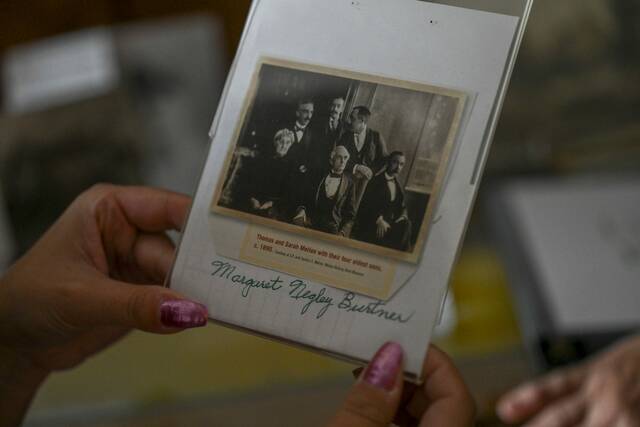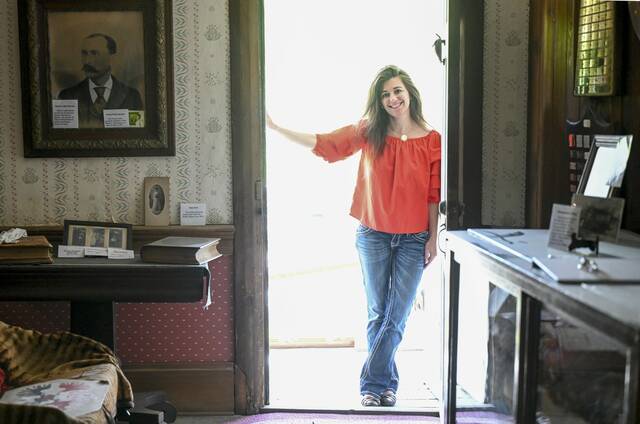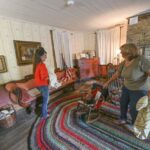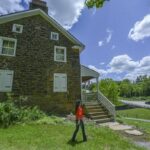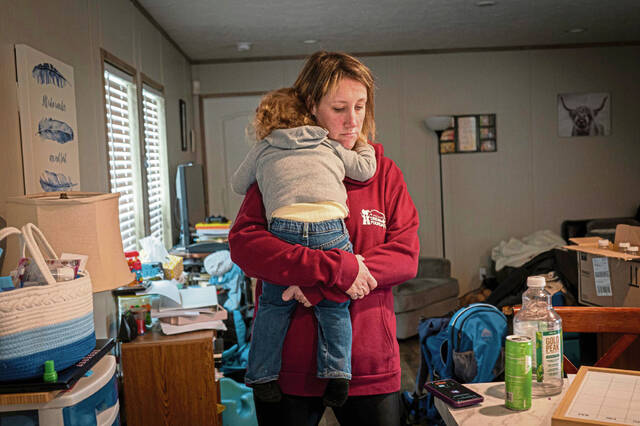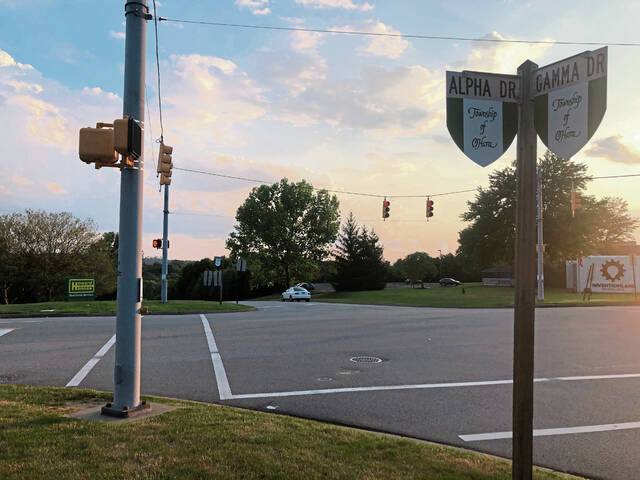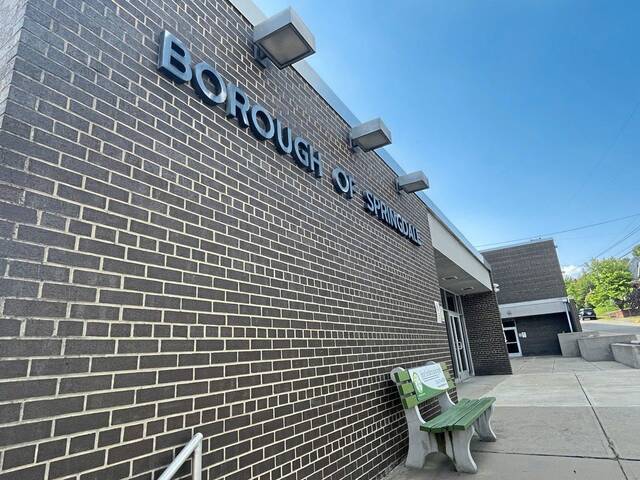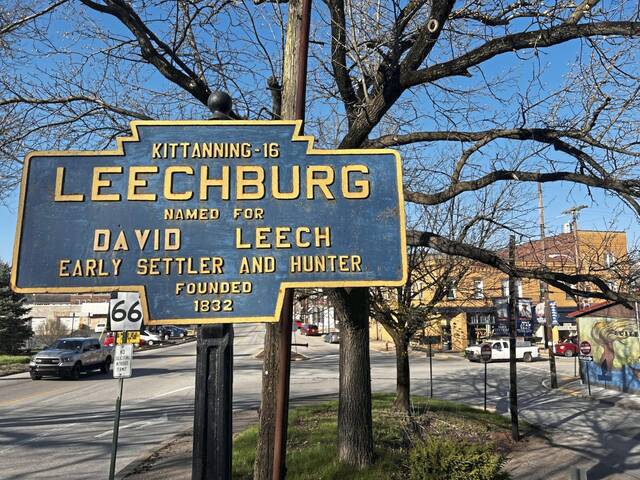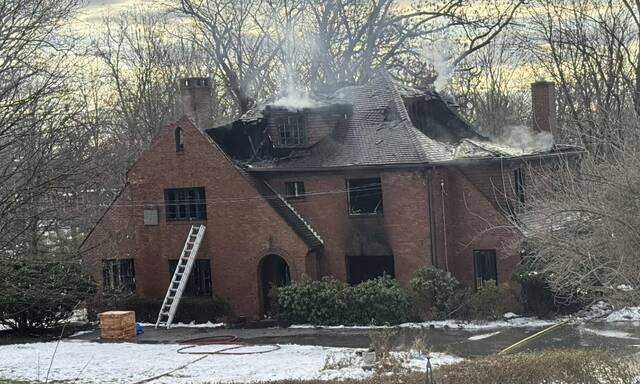Butler native Nicole Glasgow was regaled as a child by tales of life at the Burtner House in Harrison — a three-story stone farmhouse that is among the oldest homes in Allegheny County and which was built by her ancestors.
But it wasn’t until Glasgow completed college that she fell in love with the farmhouse off Route 28 and started discovering her roots.
“My great-grandfather, Forest, was born there, and my grandmother talked about it all the time,” she said. “I felt drawn to it, and I think a lot of other people feel the same way.”
Glasgow, 44, recently took the reins as president of the Burtner House Restoration Society after many years as a volunteer.
It is her vision to bring history to life through events and tours and to help preserve “this window into the past.”
“I want people to go through and see what it was like to live in the 1800s,” she said.
“All of us have men and women behind us that enabled us to live like we do.”
The Burtner House was built in 1821 by Philip Burtner. It housed four generations, with the last person living there until 1960.
Inside, tour guides in long skirts and bonnets give visitors a peek at five furnished rooms that feature period craftsmanship, antique photographs and extensive family trees.
The kitchen gives an idea of the work that went into each day. Yokes were used to transport water from the nearby stream and food was cooked over an open flame. Cast iron skillets hang above the home’s only appliance — the fireplace.
A springhouse, cooled by a stream underneath, sits at the foot of the farm to illustrate how produce and meat were stored.
The house and grounds will be on display from 11 a.m. to 4 p.m. Saturday during the 48th annual Strawberry Festival.
The tradition draws hundreds to the property for vendors and demonstrations that include Civil War reenactors, crafters and the Herbal Thymes garden club. New this year will be a hide tanning exhibit.
“You can visit 100 times and still learn something new,” said Pam Seguin, vice president of the restoration society.
For example, families that lived in the house would never have owned a vacuum. Not because of the technology or cost but because the hand-woven wool rugs require cleaning by a whittled hook.
“We welcome anyone who wants to get involved and help this place remain the gem that it is,” Seguin said.
“People always see it during an event, when it’s all cleaned up. There’s a lot of work that needs to be done all year long.”
The group seeks grants and donations to maintain the house and appreciates donated labor as well.
A repointing project was finished last week with help from the Pittsburgh History & Landmarks Foundation. Next up will be a project to repair the damaged fireplace, upgrade the security system, install new gutters and line the driveway with stone.
Seguin said gardening and lawn maintenance is continuous. Members are hoping to replace some of the flowers with native plants to enhance the authenticity of the landscape.
“We want to make sure we do everything right,” Glasgow said.
“We just want it to be preserved and look the way it did when my family built the house.”
The home and its grounds played a significant role in Alle-Kiski Valley history.
In the 1830s, the property housed the Negley Mill after it moved from Tarentum. It also was a polling place for President Andrew Jackson’s election.
In the 1970s, the restoration society saved the farm from being bulldozed by rallying to reroute construction of the Route 28 Expressway.
The house was named to the National Register of Historic Places in 1972.
Glasgow said taking on the role as president aligns with her passion for history and genealogy.
She already is an active member in the Daughters of the American Revolution and the U.S. Daughters of 1812. She also serves as a board member for Butler Downtown, a volunteer group that works to drive foot traffic to the city’s Main Street.
“The reason I love being at the house is when someone visits that hasn’t been there before, just seeing the smile on their face and connecting them to this rich history that they might not have known is wonderful,” Glasgow said.
“It might get them interested in their own family history.
“I feel like I’m doing this for my grandparents. I feel like they would be so proud to know there are those of us who are willing to keep the house going.”




